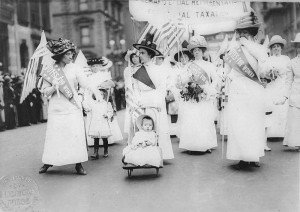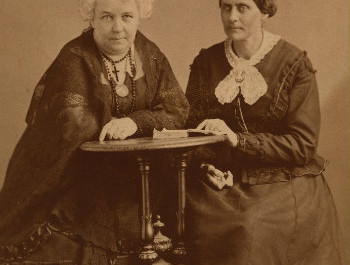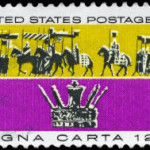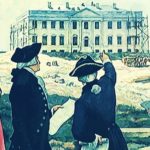The Origin Of Women’s Rights Declaration In The U.S.
After the signing of the Declaration of Independence, the country was finally free of English rule. The Preamble declares “We hold these truths to be self-evident; that all men are created equal…” Women essentially had no rights, however. Women asking to be included in legal affairs or any important decision-making process were largely ignored. Such was the case when Abigail Adams instructed her husband John Adams to “remember the ladies” during the Constitutional Convention. As explained by the Independence Hall Association, women were viewed as a means of “enhancing the social status of her husband.” The Women’s Rights Declaration would outline demands for equality and rights for women.
Early Attempts To Garner Support For Women’s Rights
As some women grew tired of not having the same rights as men, they began calling on women to support the abolitionist movement in an effort to call attention to the rights of all people, including women. Paramount to the early movement were sisters Angelina and Sarah Grimke. Sarah and Angelina came from a family of slave-owners, yet became involved in the abolition movement to push for equality for women.
In 1837, Sarah wrote that, “Men and women were created equal … whatever is right for men to do is right for women.” Sarah’s statement opened the door for Elizabeth Cady Stanton and Lucretia Mott and other women to start taking action to achieve equality for women. The two women convened the 1848 Seneca Falls Convention, calling for equal treatment and equal rights for all women.
Origin Of The Women’s Rights Declaration In The U.S.
Suffering indignation at having to listen to speakers at the World Anti-Slavery Convention from the gallery since only men could sit on the main floor, Elizabeth Cady Stanton and Lucretia Mott bonded over their frustrations. The two women, along with Martha Wright, Mary Ann McClintock, and Jane Hunt called on women to attend a women’s conference to “discuss the social, civil, and religious condition and rights of woman.”
Held at the Wesleyan Chapel in Seneca Falls, New York, the Seneca Falls Convention in 1848 essentially started the women’s rights movement. Prior to the convention, attended by 200 women, Elizabeth Cady Stanton drafted the Women’s Rights Declaration called the “Declaration of Sentiments and Grievances.” It is reported that Stanton modeled the Declaration of Sentiments after the Declaration of Independence.
Resolutions And Signing Of The Document
Reading the Declaration of Sentiments aloud to the group of women, the immediate effects of Stanton calling for women to enjoy the same rights as men and treatment as full citizens may have even surprised Stanton. On the second day of the convention, over 30 men joined the women, including abolitionist Frederick Douglass. The Sewall-Belmont House & Museum explains, “the document included twelve resolutions concerning the rights, privileges, and obligations of women, eleven of which easily passed.” The only resolution heavily debated was the issue of  women’s suffrage. Frederick Douglass stood and spoke, garnering enough support to secure more than 100 signatures on the Declaration of Sentiments and Grievances.
women’s suffrage. Frederick Douglass stood and spoke, garnering enough support to secure more than 100 signatures on the Declaration of Sentiments and Grievances.
Douglass signed and printed the Declaration of Sentiments and Grievances in his newspaper. Jacob P. Chamberlain, who later became a member of the U.S. House of Representatives, also signed.
The whereabouts of the original version of the Women’s Rights Declaration, the Declaration of Sentiments and Grievances is unknown. Only early copies have been discovered. The search for the original document continues.







